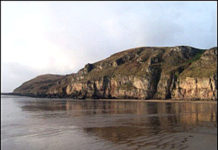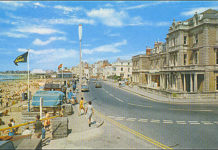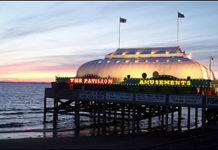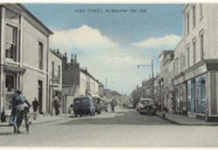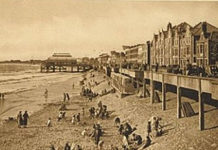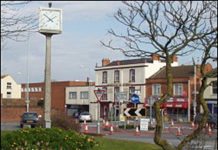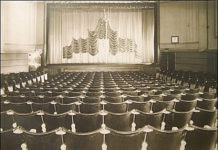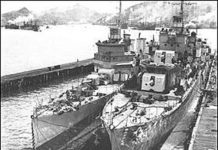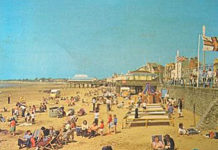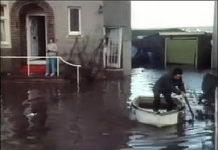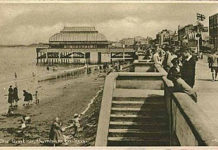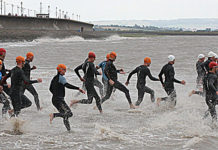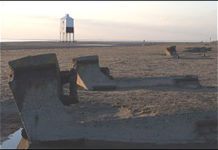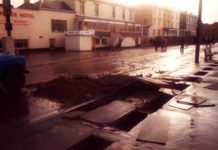Burnham Seafront
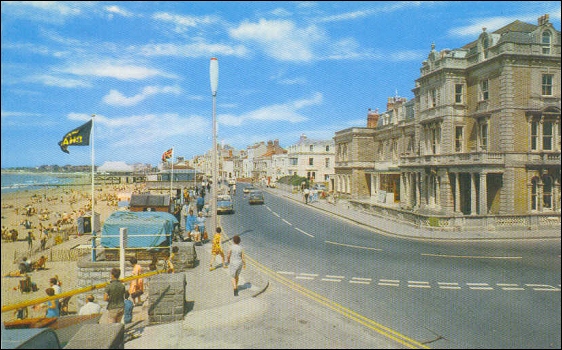
The development of the seafront at Burnham-on-sea began in 1911 when the reinforced concrete widewalk pavement and wall were constructed.
The Esplanade Pavilion, used as a theatre for many years, replaced a Victorian bandstand. The development of the South Esplanade, from the jetty to the mouth of the Brue, took place some 20 years later in 1931.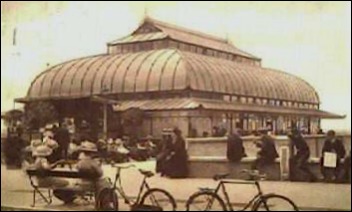
Burnham Marine lake brought safer sea swimming It was also in 1931 that the Marine Lake structure was completed. The lake was used for boating and bathing and was was filled naturally by the high tidal waters. The old enemy – river silt and mud – eventually rendered the structure unsafe and the lake was never brought fully into use again after its closure during the war. See our historical photo gallery for photos of the lake in use.
The £7.5 million sea defences The current impressive sea wall was inaugurated on June 16, 1988 as a result of the damage done to during the huge storms of December 1981 when the town was inundated with sea water. The wall is just over one mile long and cost £7.5 million to build.
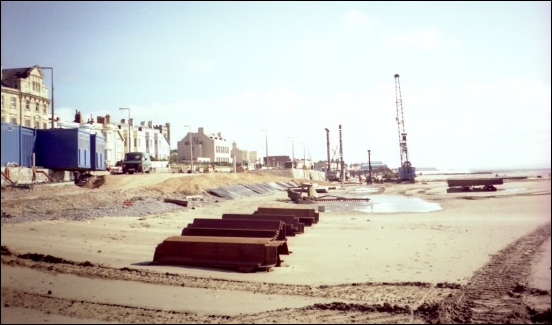
Burnham’s holiday village One of the biggest changes to the seafront in the 1900s was the opening of the Burnham-On-Sea Holiday Village in May 1963. It was developed on the 95-acre site of the Pillsmouth Farm, which belonged to the Stone family until its development.
The grounds of the development are situated between the Esplanade and the Highbridge Road and adjoin on to the area now known as Apex Park. This area has been fully landscaped with grassland and lakes replaced the old tile works.

Also see Burnham Historical Photos



